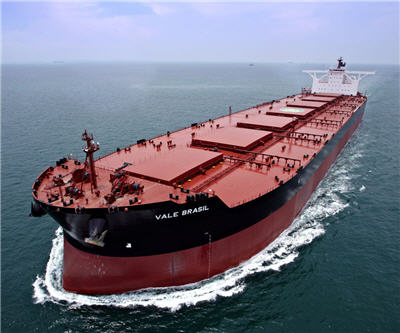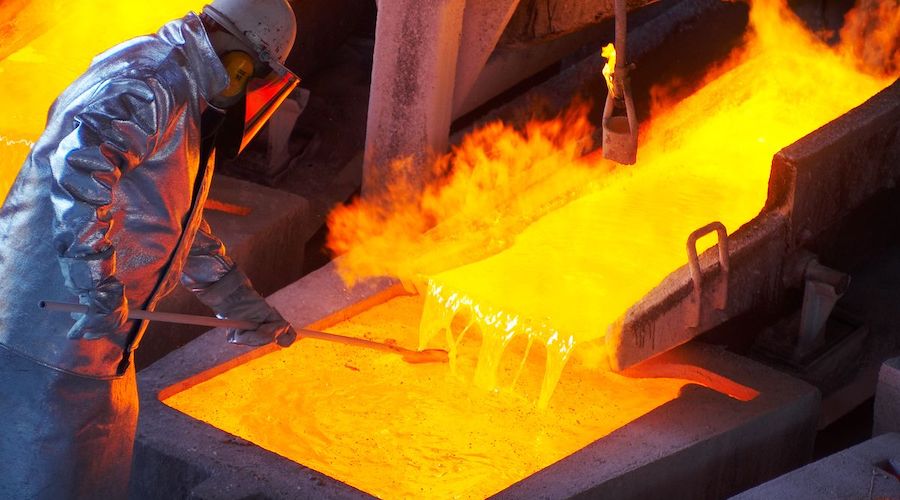Derivatives traders dive into iron ore market as prices triple

New York brokerage GFI’s announcement on Tuesday that it now offers on-screen iron ore swap trading is the latest indication that the economics of the world’s foremost dry bulk commodity are being changed fundamentally.
Started in 2008, derivatives trading in iron ore is up fourfold this year after setting a record in July as investment banks enter the massive market in numbers.
The world’s top three miners – BHP Billiton, Vale and Rio Tinto – control nearly 70% of the 1 billion tonne annual seaborne trade and dominate price talks. The benchmark China import price for iron ore has tripled since late 2008 to $177 a tonne.
MINING.com reported on Monday strong demand in China because of the low quality of its domestic supply and India’s plans to cut exports by half over the next five years should bolster prices in the medium term before huge supplies from Australia start coming on stream from 2014 onwards.
MINING.com reported last week BHP Billiton, the world most valuable miner, is set to report a record $22 billion in annual profit on Wednesday thanks in large part to its iron business.
Credit Suisse and Deutsche Bank began offering swaps in 2008 at the instigation of BHP Billiton as the iron ore producer campaigned to end annual supply contracts and benchmark negotiations against the spot price.
Reuters reports the volume of iron ore swaps cleared reached a record annualised level of almost 50 million tonnes last month, and although it is still small compared with the physical market, it is set to double again before the end of the year.
MINING.com reported in June that pay for star metals traders were reaching $2 – $3 million a year, up 20% over last year.
Image provided by the company is of the Vale Brasil, the world’s biggest dry bulk carrier with a 400,000 tonnes capacity. The world’s number one iron ore exporter took possession of the ship in May and has another six on order.
{{ commodity.name }}
{{ post.title }}
{{ post.date }}

Comments